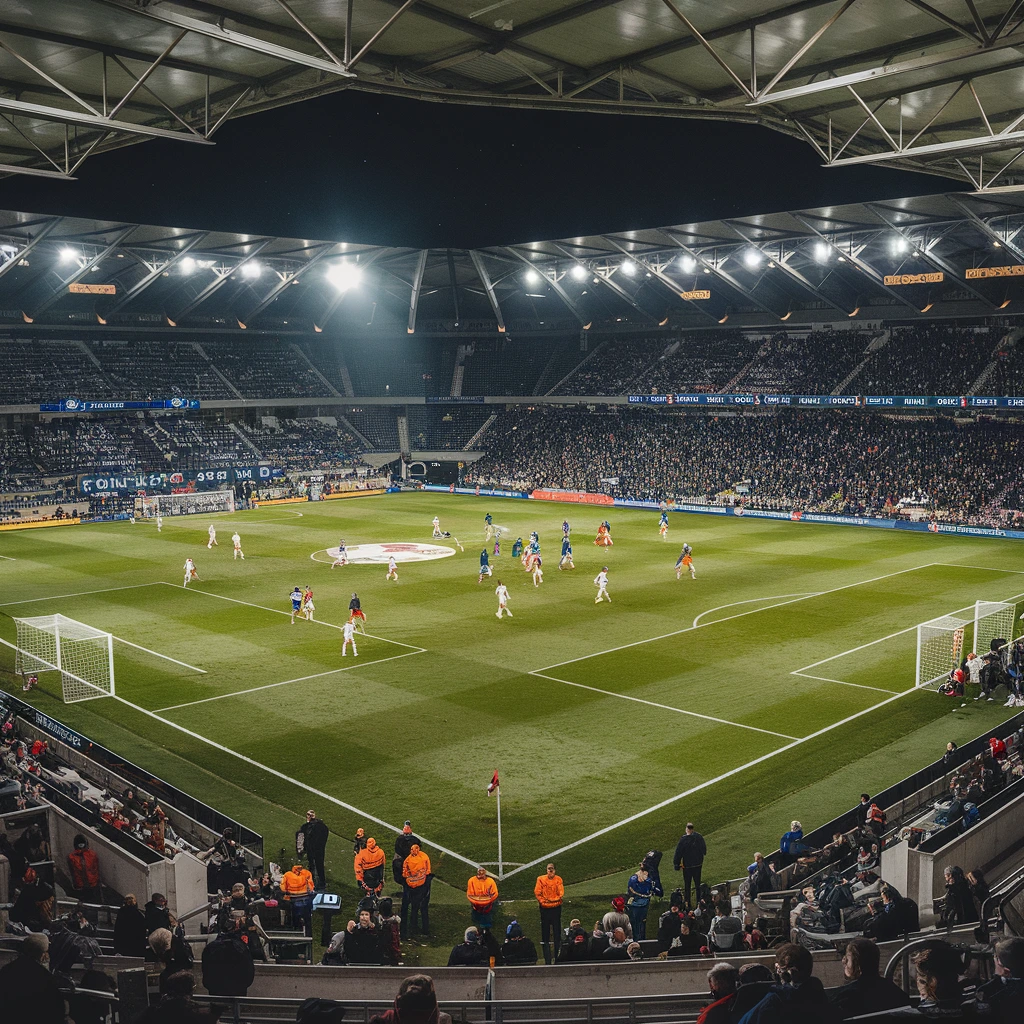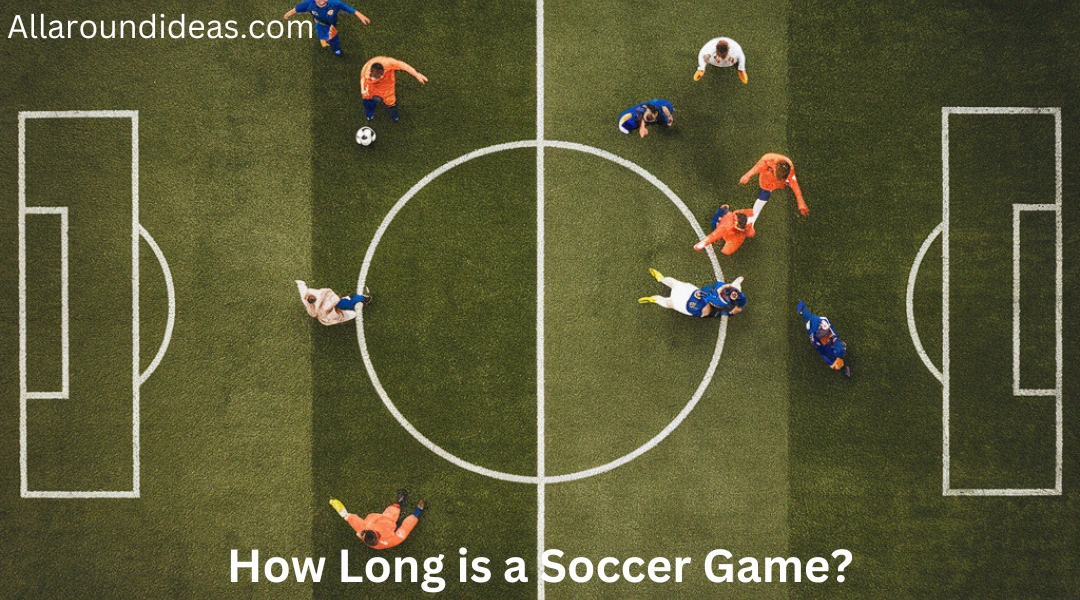Introduction
Soccer, known as football outside North America, is one of the most popular sports in the world. Whether you’re watching a professional match, a local game, or even playing with friends, understanding the structure of a soccer game, including its duration, is essential for appreciating the sport. This article will explore how long is a soccer game, the components that make up the game’s timing, and some variations across different leagues and formats.
Standard Duration of a Soccer Game
A standard soccer match consists of two halves, each lasting 45 minutes, with a total of 90 minutes of regulation play. This structure is established by the Laws of the Game, which are maintained by the International Football Association Board (IFAB). However, several factors can influence the actual time a game takes, including stoppage time, halftime, and any additional rules specific to certain leagues or tournaments.
1. Halves and Regulation Time
- First Half: The match begins with the first 45 minutes of play. Teams compete to score goals, and the referee oversees the game to ensure the Laws are followed.
- Second Half: After a short halftime break (typically around 15 minutes), the second half commences, lasting another 45 minutes.
2. Stoppage Time
Stoppage time, also known as injury time, is added at the end of each half to compensate for interruptions in play. This can include:
- Injuries to players
- Substitutions
- Time-wasting tactics
- Other delays (such as the referee consulting with the video assistant referee, or VAR)
The amount of stoppage time is determined by the referee, who will typically announce the added minutes at the end of each half. Stoppage time can vary widely but often ranges from 1 to 5 minutes, depending on the events that occurred during the half.
3. Total Game Time
Taking into account the standard 90 minutes of play and the average stoppage time, a typical soccer game lasts around 95 to 100 minutes in total. This time can increase if there are significant stoppages or if the match goes into extra time.

If you want some information about Retik Crypto then check out our previous blog post.
Variations in Duration
While the standard duration for a soccer game is well-established, there are variations based on the format of the game:
1. Extra Time
In knockout tournaments, if the score is tied at the end of regulation, the match may proceed to extra time. This consists of two additional 15-minute halves. The rules for extra time are as follows:
- Each half lasts 15 minutes.
- There is a short break (typically 1 minute) between the two halves.
- Stoppage time may still be added, so the actual duration can extend beyond the 30 minutes of extra time.
2. Penalty Shootouts
If the score remains tied after extra time in knockout competitions, the match proceeds to a penalty shootout. This is not included in the official game time but is a crucial part of resolving the match. The shootout consists of a series of kicks taken by players from each team, and the duration can vary depending on how many rounds are needed to determine a winner.
3. Youth and Amateur Matches
In youth soccer and some amateur leagues, match durations may differ:
- Youth Matches: The duration often varies by age group. For example, younger players might play two halves of 30 to 40 minutes each, while older age groups might play closer to the adult standard.
- Amateur Leagues: Some recreational leagues may also opt for shorter halves to accommodate varying skill levels and fitness.
Factors Affecting Game Duration
While the basic structure of a soccer game is straightforward, several factors can impact its overall duration:
1. Injuries and Medical Attention
Injuries are common in soccer, and when a player is injured, the game is paused for medical attention. This can lead to longer stoppage time and an overall increase in game duration.
2. Substitutions
Each team is allowed a specific number of substitutions, typically three in most leagues. While these changes do stop the clock, they can add to the game’s total time when considering stoppage time.
3. Referee Discretion
Referees have the authority to add stoppage time based on their judgment. If they believe that time was wasted or if there were significant delays, they may extend the match duration beyond the average stoppage time.
Halftime Break
Halftime is an essential component of a soccer match, providing players with a brief respite to recover and strategize. Here’s what you can expect during halftime:
- Duration: Typically 15 minutes long.
- Activities: Players may receive coaching, hydrate, and address any injuries. Fans often use this time to discuss the first half and prepare for the second.
Importance of Timing in Soccer
Understanding the duration of a soccer game is not just a matter of knowing when it starts and ends. Timing plays a crucial role in strategy and gameplay:
1. Game Strategy
Coaches and players often adjust their strategies based on the time remaining. For instance, if a team is trailing with only a few minutes left, they may become more aggressive in their play style to attempt to equalize.
2. Physical Conditioning
Players must manage their energy levels throughout the match. The knowledge of how long the game lasts helps them pace themselves effectively, particularly during intense periods of play.
3. Fan Engagement
For fans, knowing how long a game will last aids in planning attendance and viewing experiences. Whether watching at a stadium or from home, fans often schedule their activities around the match duration.

If you want some information about Retik Crypto then check out our previous blog post.
Conclusion
A standard soccer game consists of 90 minutes of play, divided into two 45-minute halves, with additional stoppage time added for interruptions. This typically results in a total game duration of 95 to 100 minutes. Variations, such as extra time and different formats for youth or amateur matches, can affect the total duration.
Understanding how long a soccer game lasts not only enhances the viewing experience for fans but also provides valuable insight for players, coaches, and anyone involved in the sport. Whether you’re a lifelong soccer enthusiast or new to the game, appreciating the structure of a soccer match allows for a deeper engagement with this beloved sport.


